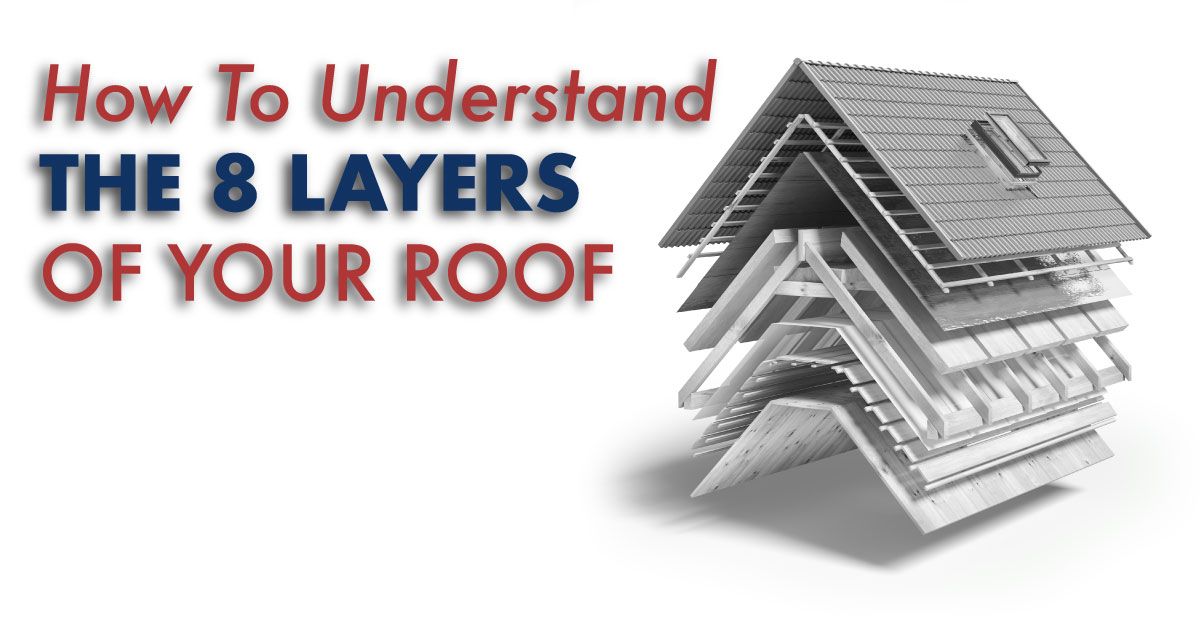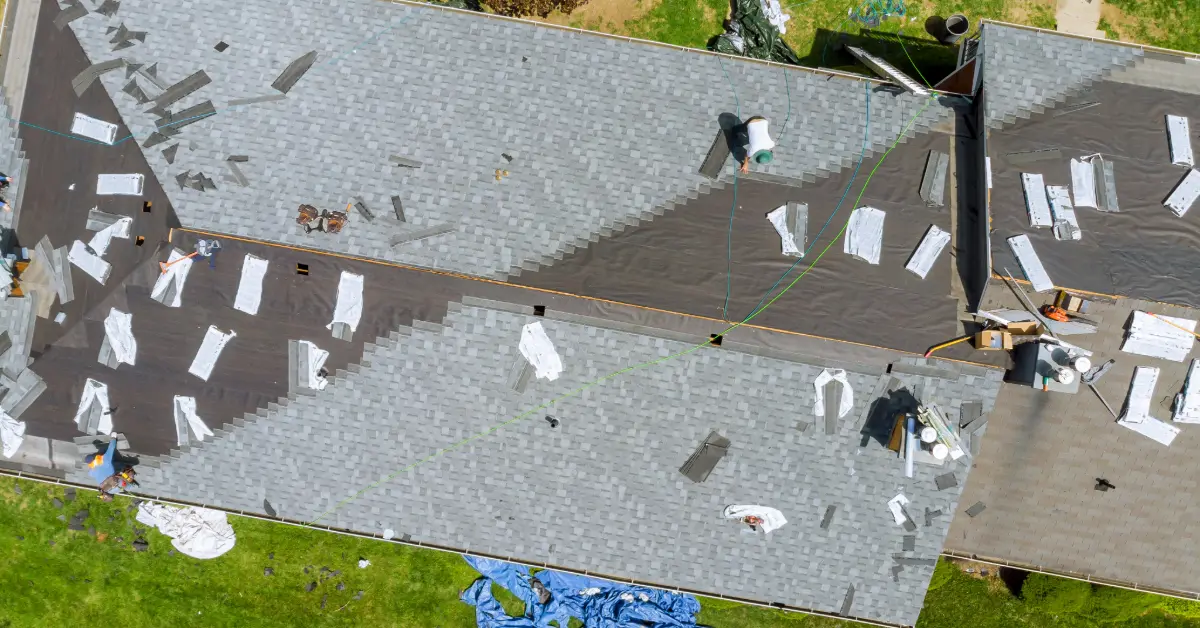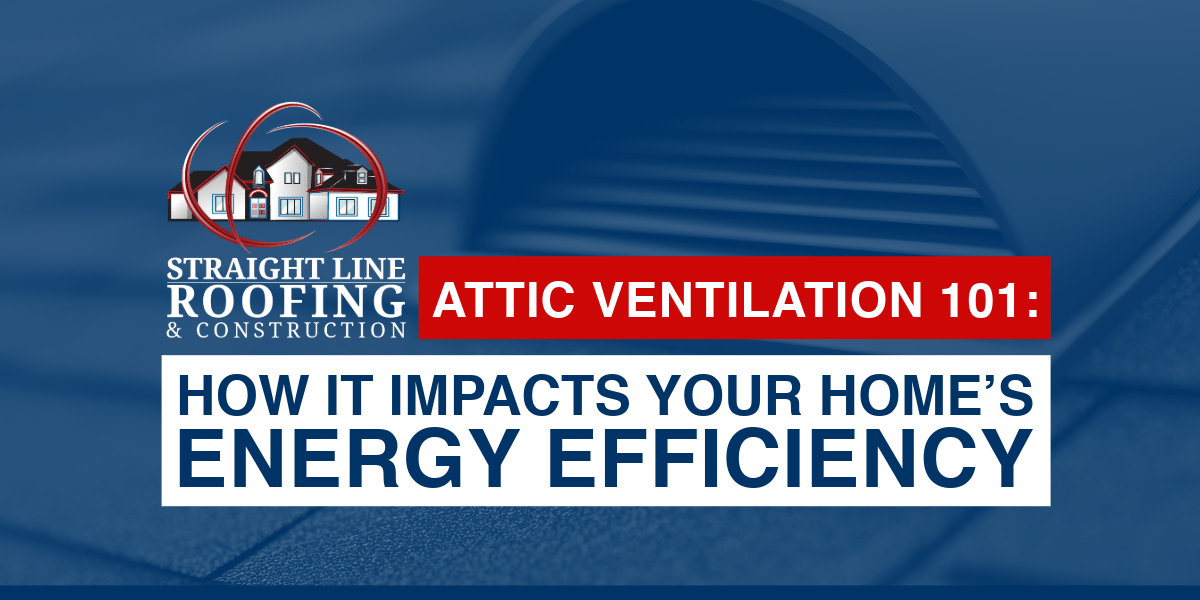On the surface, a roof looks like a simple layering of tiles, shingles, or slate. But it is a complex system composed of multiple layers of different materials designed to withstand forces of nature outside while helping you control humidity and temperature levels inside.
Each roof layer has a specific purpose but they all work together to protect your home and enhance the comfort of those who live beneath it. Let’s take a look at all the layers that go into a roof and their purpose.
Insulation
As one of the elements of a roofing system, roof insulation is a barrier material laid between the rafters (beams that support the roof) or the joists (beams along the attic floor). Proper insulation slows down the transfer of heat between the outside world and your living space, creating a cooler home in summer and a warmer one in winter.
Insulating in and around your roof attic space will help retain energy in your home, reducing heating and cooling loads on your HVAC, improving your home’s energy efficiency rating, and lowering overall utility spending. Roof insulation also prevents damage from ice damming, which results from the warm air trying to escape through the roof but instead ends up heating the snow unevenly.
Ventilation
Your attic is part of your overall roof system. To protect your roof and get the most from it, you’ll want to make sure that your attic is properly ventilated. The general purpose of roof ventilation is to encourage natural airflow through the attic space to keep it at a uniform temperature and humidity level.
Ventilation systems consist of intake and exhaust vents installed at strategic intervals in the roof or attic. Common types of vents include ridge vents, gable vents, and static vents. A roof ventilation system lowers the likelihood of ice dams and produces comfortable living conditions, dry insulation, lower energy bills, and prolonged roof lifespan.
Roof Deck
Also called sheathing, the roof deck is the layer installed over the framing and provides the base on which everything else is laid. The material used for decking varies, but most homes have plywood or OSB sheets. Other materials, such as corrugated metal, reinforced concrete, polystyrene, and double tee are also used. The roof deck provides a nail bed for the shingles.
Underlayment
Underlayment is a protective layer installed onto the roof deck. It offers an extra layer of water resistance against leakage caused by ice dams. The most common type used is felt, a durable paper saturated with asphalt. The roof’s underlayment prevents rain from infiltrating under your shingles and also prevents water from reaching the roof deck should the shingles be torn or broken.
Ice and Water Shield
A step up from roofing felts is a waterproof membrane, complete with a polymer-modified bitumen adhesive on the back. Its sticky surface allows the membrane to adhere to the roof deck and forms a watertight seal around nail penetrations. Covering an entire roof with ice and water shield can prevent water intrusion into your home, especially after high wind conditions blow roofing materials off the roof.
Ridge Vents
These vents are installed at the peak of a sloped roof and are part of the roof ventilation system. Ridge vents are built along the spaces on each side of the ridge cap and are generally covered by roofing materials.
This venting allows the hot air in the attic to rise naturally and be released to the outside, providing uniform cooling along the roof deck. A properly installed ridge vent reduces demand in air conditioning and prolongs the life of your roof.
Roofing Material
The roofing material you choose is the final layer of the roof. The most common roofing materials for residential homes include shingle, shake, tile, metal, wood, or slate. Because they’re almost always highly visible, roofing materials are an important part of building aesthetics in textures, patterns, and colors.
Flashing
Roof flashing is a flat, thin waterproof material at the intersections of different planes of the roof. Flashing can be made from a variety of materials, such as aluminum, copper, galvanized steel, or zinc alloy. It is rolled out into place and then sealed to prevent water penetration at certain areas of your roof, such as chimneys, walls, vents, plumbing vents, valleys, eaves, and skylights. Water runs down the side of the flashing away from the location.
Professional Installation Matters
Improper roof installation can spell disaster for your roof, deadlines, and wallet. You want to choose a licensed, bonded, and insured contractor who won’t cut corners when installing your new roof. When it’s time to replace an older roof on your Sacramento home, contact us here at Straight Line Construction. We provide free, on-site estimates and quality workmanship.








